AIS
Eight missing hours that changed my life
Even now, six years later, there are eight hours missing from my memory. Eight hours where my life changed completely.
I was a passionate swimmer through high school and dreamed of going to an Olympic Games but, as much as I loved it, I missed out on nationals narrowly three years in a row so I’d given up that dream at the end of high school.
At the start of 2013, I moved from Canberra to study furniture design in Melbourne. I transferred into a bachelor of social work in 2014. Three weeks into that I was living the typical uni life; stressing about an assignment I should have started, busy building an identity outside of the pool.
There was a university meet-and-greet at my accommodation. My last memory is walking downstairs to see a friend. That’s when the missing eight hours begin. And they never came back after I woke up from a coma a week later in the ICU at Royal Melbourne Hospital.
I had fallen 20 metres from a fifth-floor balcony. I broke my jaw in two places and landing on my chin had saved me from brain damage. The impact from my foot helped save my spine. But my right foot had been amputated.
Having talked to amputees who remember their trauma it is definitely a blessing that I don’t. But there is a different kind of trauma when you have no idea how you got there. When you literally just wake up into a different body and new reality.
While I was in the coma it was assumed that I had attempted to commit suicide. From the police point of view, it was a closed case. That’s what my family and friends were told.
In those first few weeks you’re searching for answers. For someone or something to blame.
When I woke up, I saw my parents’ faces. I was shocked to see them there because they are divorced and live in separate states and I was in a third state. I thought “oh shit what have I done for both of my parents to come down and discipline me”. I thought I was in trouble.
Straight away I could see the mixture of relief and pain they’d been through when I was on life support. But I could tell there was something else hanging in the room.
I had a lot of tubes in me so I couldn’t talk. One of my arms was in a cast so I was struggling to write. The only words in my head were “I don’t remember”. I had no clue what was going on.
My dad said, “You jumped from a fifth-floor balcony”. It was that word “jumped” that made the room freeze. It made no sense. I couldn’t accept it, because it wasn’t true.
While I don’t remember the fall, I have no memories of ever having suicidal thoughts. I had to see psychologists and psychiatrists and they all cleared me – they also didn’t believe that’s what happened.
In those first few weeks you’re searching for answers. For someone or something to blame. You want to know how you ended up where you are. Not having those answers was difficult.
That prolonged absence of memory; the doctors agree it’s similar to the effects of a drinks spiking. So that is what we assume happened. Most likely there was something extra in my system that night.
There were no witnesses and no blood alcohol or drug tests done because I was in such critical condition when I arrived at the hospital. It would have been a he said/she said investigation which I don’t think would have brought any clarity.
I still believe I made the right decision in moving forward. Nothing was going to replace my leg.
I believe it’s a credit to how my parents raised me that I didn’t wake up feeling too sorry for myself. I knew if I worked hard enough the goal of living an independent life was definitely achievable.
Having grown up as an athlete that was a formula I knew very well.
The focus had changed. Instead of going for a national time I was focussing on being able to sit up in bed, then stand up, then walk. The goalposts had dramatically shifted but it was still the same process.
I’m lucky to say I was never alone and had total family support. My room was always full of flowers, birthday cards, birthday cake that the nurses made me, and a Siamese fighting fish my friend bought for me.
It sounds strange but having something ‘alive’ in my room made a world of difference. I named the fish Bron, after the Game of Thrones character and I was binge-watching the show on hospital wifi.
Even now I have bad days. Living with a physical disability is an adjustment. Both happy and sad emotions are part of the process. In hospital I had days where I’d say to mum and dad “I don’t understand how I got here”.
But I have no interest in finding out more about it. There is no emotion tied to that night anymore.
I was able to let go
I really questioned how happy I could be when I first had my accident. I had no knowledge of prosthetics or amputees. While I did hope I could do everything I wanted in life there was no guarantee.
There was a huge moment when I stepped forward to receive my Paralympic silver medal in Rio, and one I can only fully understand in hindsight.
I looked up and saw my family and teammates and realised it wasn’t at all something I’d done on my own. But there was a sense of independence that I had achieved something so incredible that I felt “I’m going to be okay now”. That hope had just been guaranteed.
In that moment, receiving that medal, I was able to let go of my accident.
It will always be a time of my life where I experienced extreme trauma but it’s an isolated event now and I don’t feel tethered to it.
“No sweetie, we race in the ad breaks”
When I was growing up, my brother Chris and I were heavily involved in volunteering, especially with St Vincent De Paul and their youth program.
I spent eight years volunteering on camps, taking groups of disadvantaged kids during the school holidays. Part of the reason I stopped swimming when I finished high school was I couldn’t juggle the volunteering with the training and felt selfish for having to focus so much on myself when I wasn’t getting the results as an athlete.
After the accident, most of the friends I had contacting me were from those programs. Many are still in touch.
When I got back into swimming afterwards, it was very much a form of mental and physical therapy; something to help give me respite from demanding social work studies. I had no set goals, just curiosity about what my body could do. With no pressure or expectations, it was just my love of the water that kept me coming back to the pool each day.
When I made my first team, which was in my third competition after the accident, I was hesitant. I didn’t want to go through those feelings of being selfish and torn between my two passions again.
But I did think that if reached my potential as a para swimmer I’d have a lot more opportunities to engage with the community.
From the beginning of swimming as a para, engagement with the community has been on my mind. It was sharpened when it became obvious that there is a huge disparity between the Olympic and Paralympic programs, in terms of media, recognition and funding.
I remember walking out for my first final at the national championships, also the world championship selection trials, in 2015.
I said to one of the girls behind me – who was a Paralympic gold medallist and I didn’t even know it – “I’m so excited, we’re going to be on TV!”
She just said, “Oh no sweetie, we race in the ad breaks”.
It absolutely crushed me. I couldn’t believe in 2015 that was still happening. I had to think about it after the race. I’d never watched a para swimming race. I’d been so engaged with the Australian Dolphins swim team from a young age, always watched every Olympic Games I could, but I’d never seen a para race. I realised they’re not presented to us, they’re not in the media. I felt like I’d missed an incredible opportunity to be inspired by the para-athletes I was now racing against.
The gap is closing, but we still have a way to go. I still don’t understand it. We do the same amount of work. We’re the same athletes in every term of the word yet the inequality that still exists is quite surprising. It really became an area I wanted to advocate in.

I had a strong connection to Lifeline
I was right about swimming, and the various sporting bodies such as the Australian Institute of Sport and Queensland Academy of Sport giving me opportunities to try to make a difference in the community.
I am currently involved in the AIS Lifeline Community program and previously worked with the QAS initiative where they sent us out to primary schools to promote the Commonwealth Games.
Those are opportunities I’ve always jumped at because they’re designed to be athlete-friendly and help us to get out into the community. They’ve also led to further connections and helped me develop my own voice to take into public speaking and connect to other athletes who want to give back to the community.
I’m a big chatterbox so I enjoy making friends with other athletes through these programs and learning from their experiences. I may not understand why someone chooses to run for a living, but I guess I’m just as strange, following a black line back and forth.
The Lifeline program was one close to my heart, having had people assume that my accident was a suicide attempt. Having experienced the stigma of mental health directly, I had a strong connection to that program.
I love meeting other athletes, people who are as crazily obsessed as I am with sport. There are 22 athletes selected from a range of Olympic and Paralympic sports. Together we work to open the discussion of mental health and call attention to the high rates of suicide in Australia.
We all have a unique perspective on mental health whether that’s a personal experience or it’s touched a family member or we just feel strongly about reducing the stigma around it.
Because of COVID-19, community engagement is tough so we’re working on a virtual fundraiser called Athletes For Lifeline. We are encouraging people to donate to Lifeline along with a general awareness campaign. Lifeline have seen a roughly 30 per cent increase in their phone calls – one every 20 seconds – during this difficult time.
I know I’m not alone
A lot of the time the sports world reports on all the triumphs and we rarely see the difficulties people go through. The difficulties that make us human.
I’ve had a very tough journey in the last few years having been diagnosed with endometriosis and adenomyosis.
The more I’ve connected with athletes and had honest conversations, a lot of which have been facilitated through this Lifeline program, I feel I’m not alone. It’s possible to go through something challenging and difficult and still come out a champion at the end of the day.
I used to think people who won gold medals had that perfect leadup, that perfect prep. Turns out everyone has their struggles and difficulties. It’s important to communicate that message that we’re not alone and we can get through it.
We are human and together we can turn surviving into thriving.
The community work has helped me reflect a lot on my accident and the tools I used to get through that. It’s important to have discussions.
When you are first faced with a physical trauma it’s sink or swim. You’re just trying to get through each day. It’s not until you’re out of the hardest part that you can look back and think about how you dealt with it.
For me, it was calling my dad every time I was upset, rather than just sitting on my own. Or telling the doctors to piss off because I didn’t want to see them anymore. It’s okay to let your emotions out rather than bottle them up. Just apologise to the doctors later!
Because of the experiences I had I feel it’s important to share it. You don’t know what people will learn from your experience that will make their experience better.
If we can share how we’re feeling we won’t all feel so alone. We are human and together we can turn surviving into thriving.
I’ll always be connected to it
I’m probably one of the few people grateful that the Tokyo Paralympics have been delayed because of coronavirus.
The day it was officially announced I was being wheeled into surgery, my second for my endometriosis. I had my first endo surgery in May 2019 when I was diagnosed.
You can’t be diagnosed without surgery and I went to 14 doctors before I got my diagnosis. Fourteen doctors telling me my symptoms weren’t real or that there wasn’t a problem.
It was incredibly scary to put everything on the line with surgery and the biggest issue was a mental one. I had to manage that along with not training or performing well, feeling horrendous with so many symptoms.
It got to a point where I started to think “maybe this is what hard work looks like and maybe I’m not strong enough for it”.
Last year I came back from surgery a bit too quickly to make the world championships a few months later. I had the surgery knowing it would cost me at the world champs but hopefully help at Tokyo. I fell off the podium by half a second, which really sucked. But I knew the reality was I hadn’t done the work I needed to beat the ladies I raced. With respect to their hard work, I knew it just wasn’t my year. In the back of mind, I knew missing out on a medal would push me harder for Tokyo, and that remains the focus.
I was looking at having a second surgery after Tokyo. When that was pushed back I thought “no I need some more answers and to get this done”. I was diagnosed with adenomyosis and started a new treatment – a medically induced menopause at the ripe old age of 26.
On the upside I’ve loved being able to recover from surgery without pressure to get back into training and knowing I’m not falling behind because everyone has had to adjust.
The outlook is good. I’m feeling the best I have in years. I’m positive about the new treatment, minus the occasional hot flush, and I’m starting to notice the social isolation restrictions because I’m ready to jump back in the water.
It had been feeling like a chore because I’ve had a lot of fatigue, cramping, pain and exhaustion, whereas a lot of those symptoms are reduced now. I’m ready to swim again.
It is a condition they’re still doing a lot of research into in terms of finding a cause, but the trauma of the accident is what’s believed to have kickstarted its growth.
When I got that diagnosis, as much as I felt relieved at finally having an answer after five years of symptoms, it was another level of acceptance that it really was a traumatic accident and my body is still suffering the consequences.
It’s a reminder that the challenges we face in life are like a wave. The ups come with the downs and they will continue to roll through. But the wave that once crashed on us is now easier to ride.
The emotions and consequences from my accident are still there, but I can ride them now rather than be buried by them.
It can be challenging when I feel I have moved from that accident, those missing eight hours, but there are still connections. In some ways, I’ll always be connected to it. There is a silver lining to every situation, and mine is in the shape of a Paralympic medal. The accident made me who I am, and I’m happier and prouder now than I could have ever imagined as that young high school swimmer.
More about: AIS | Paralympics | Swimming
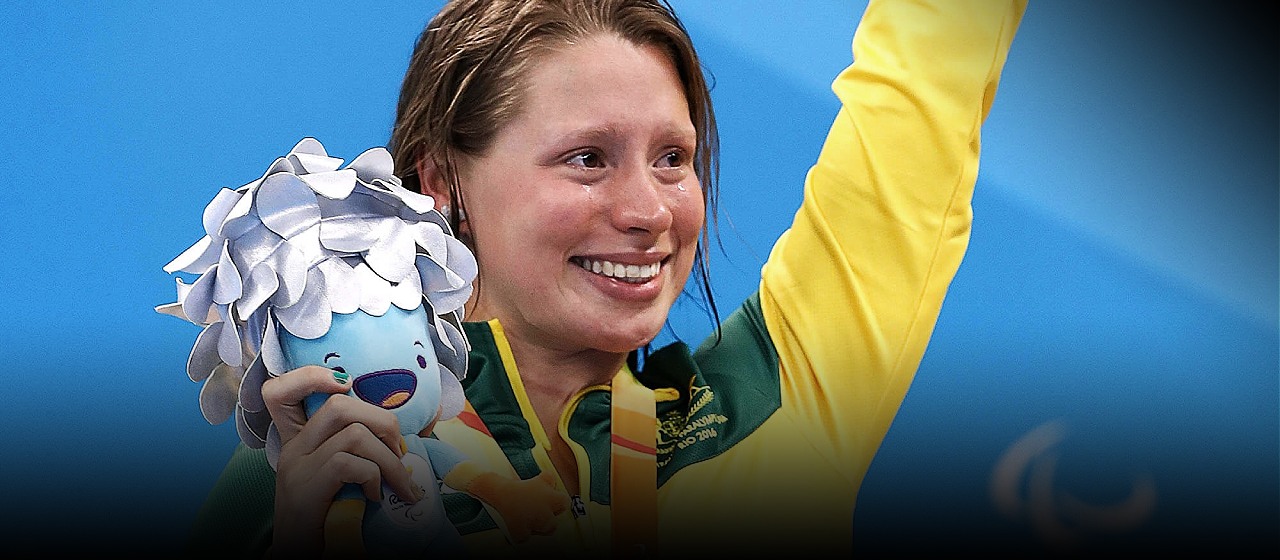
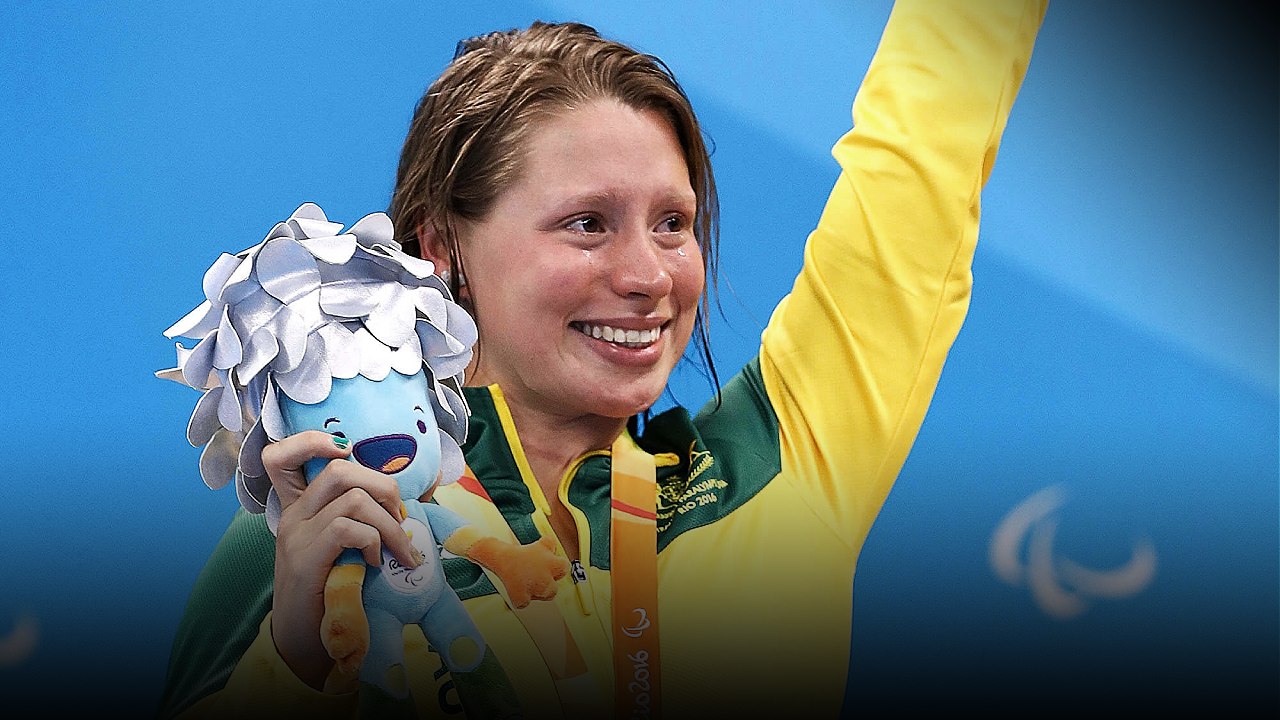
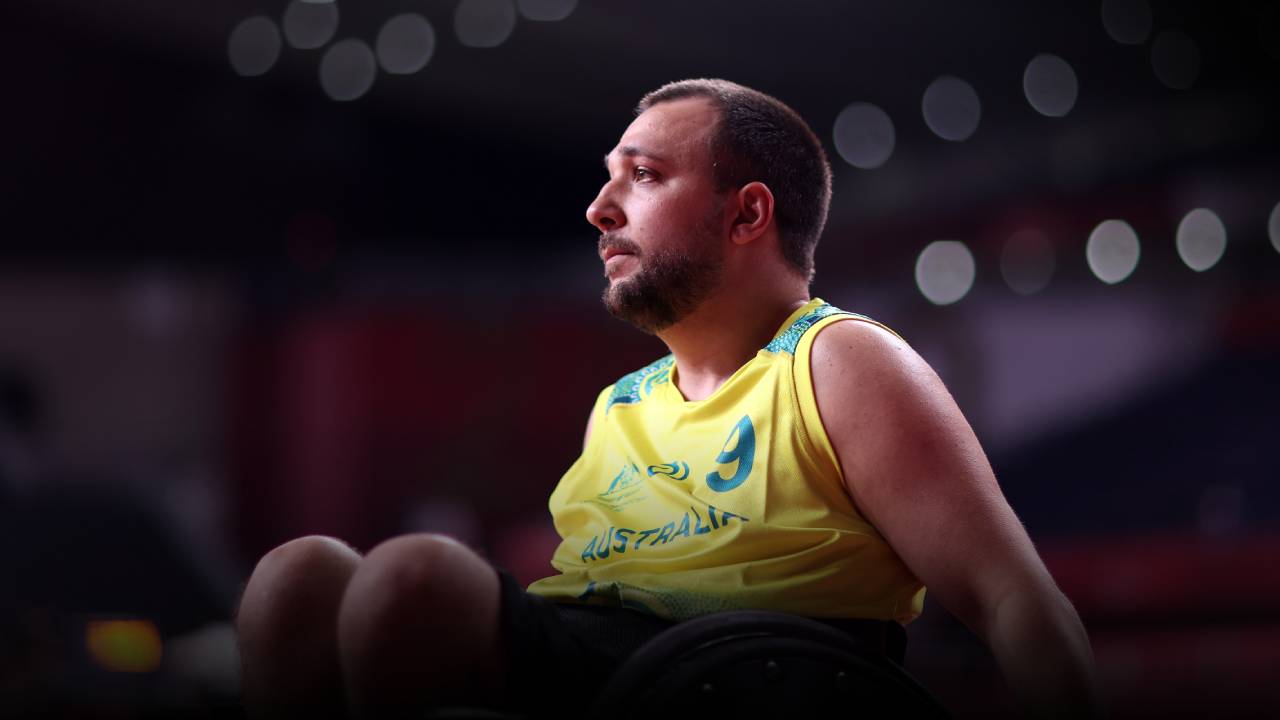
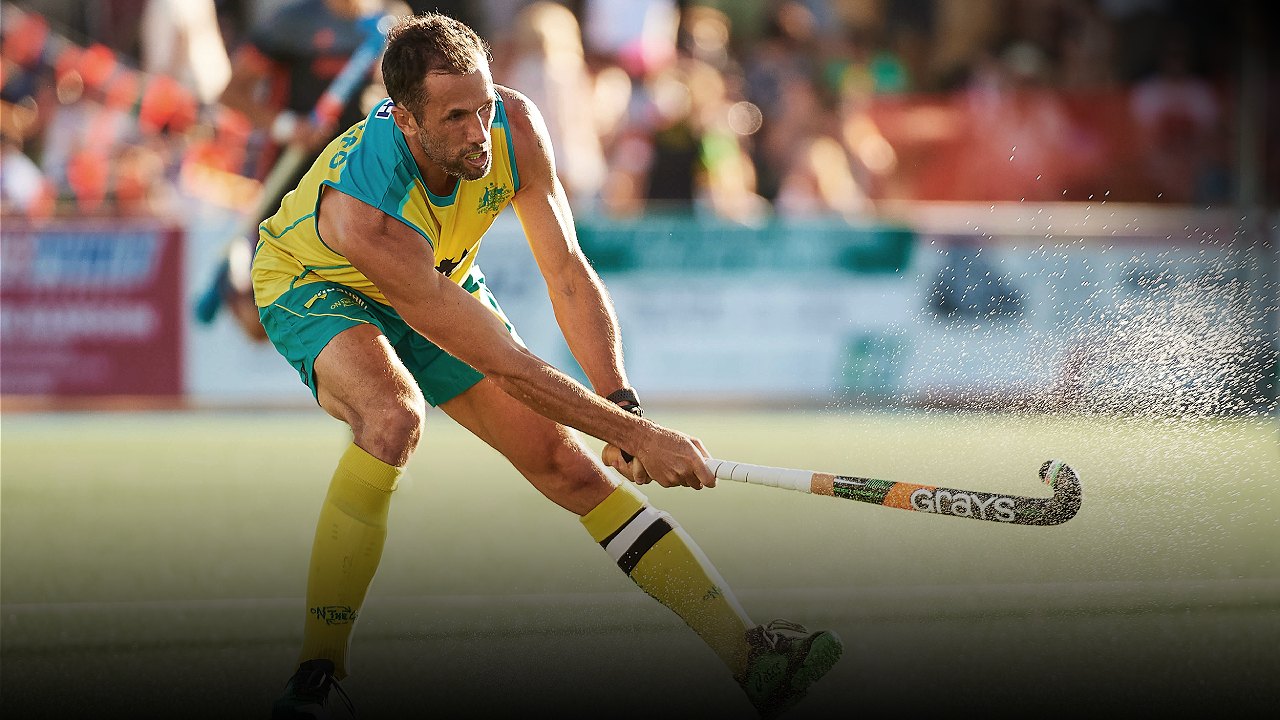
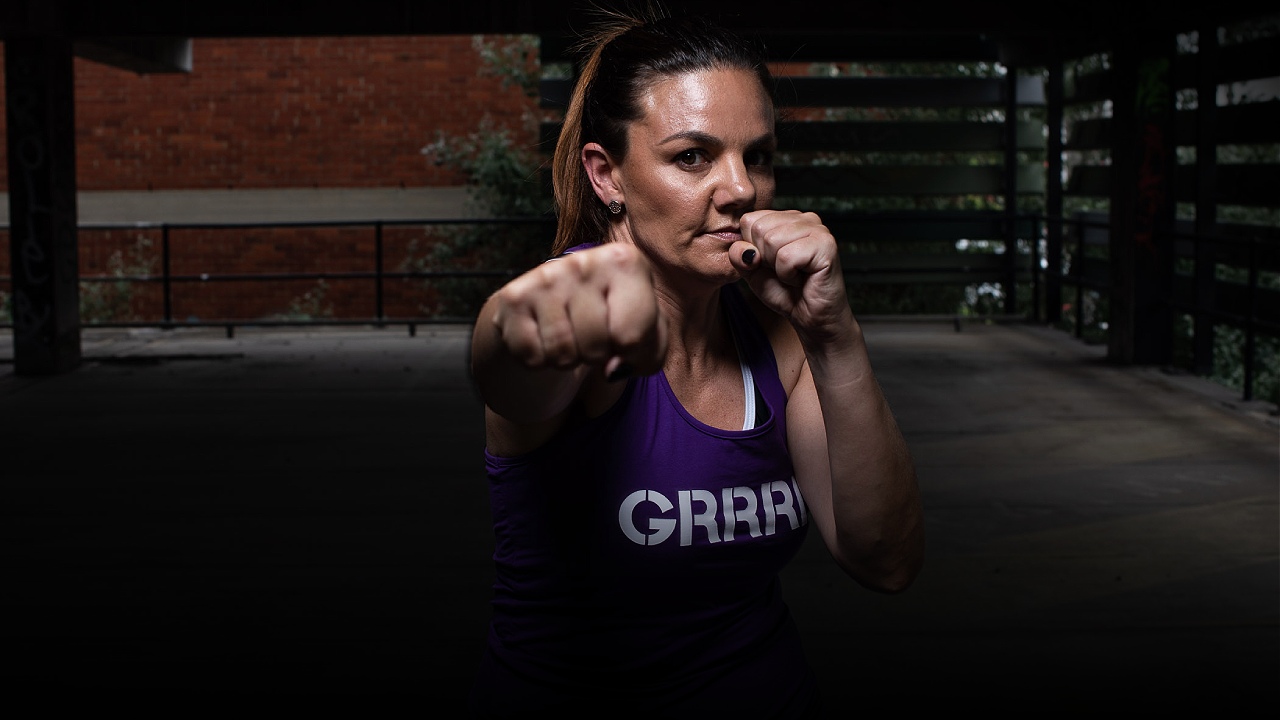
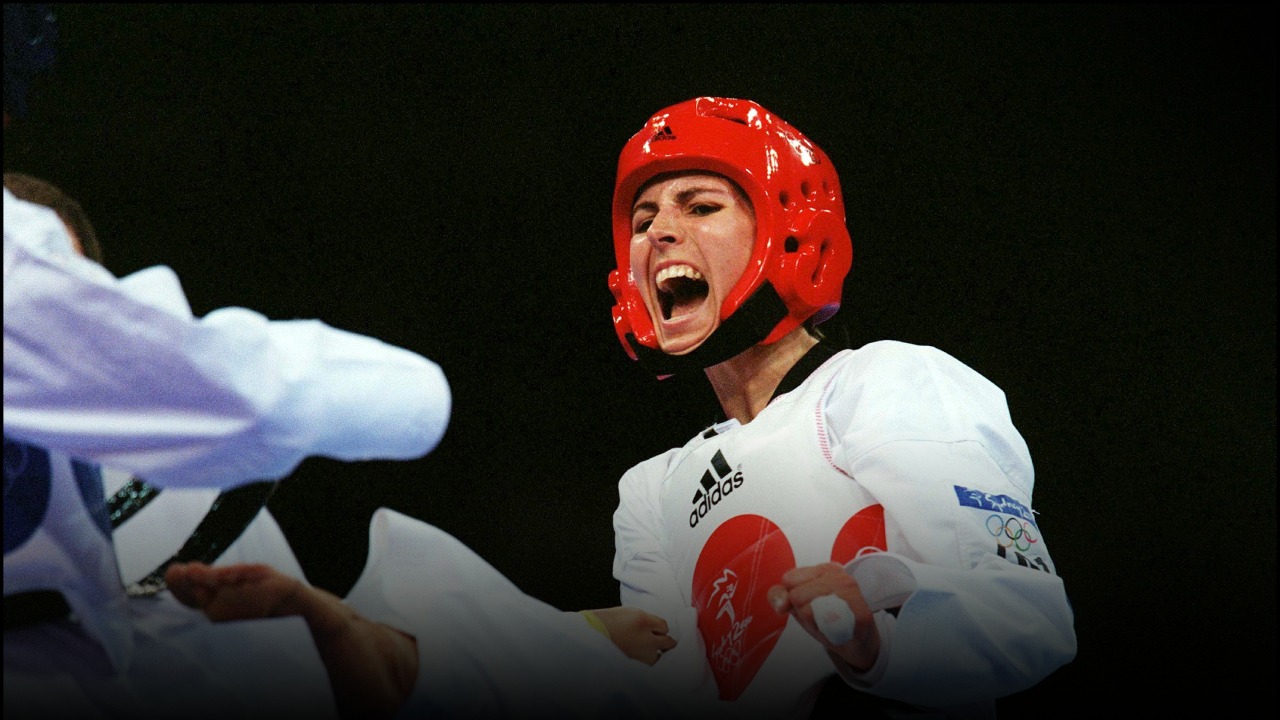
 Load More
Load More